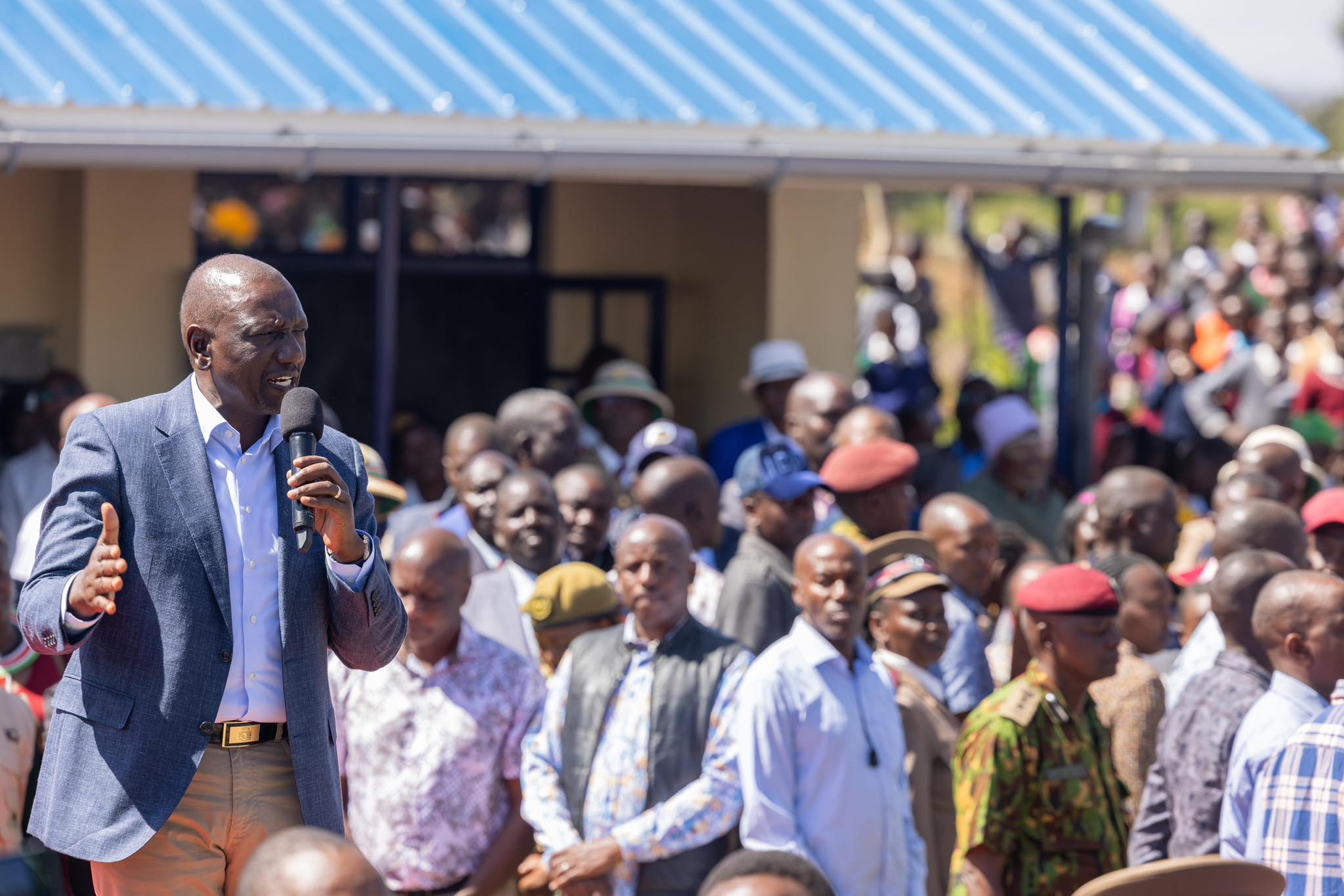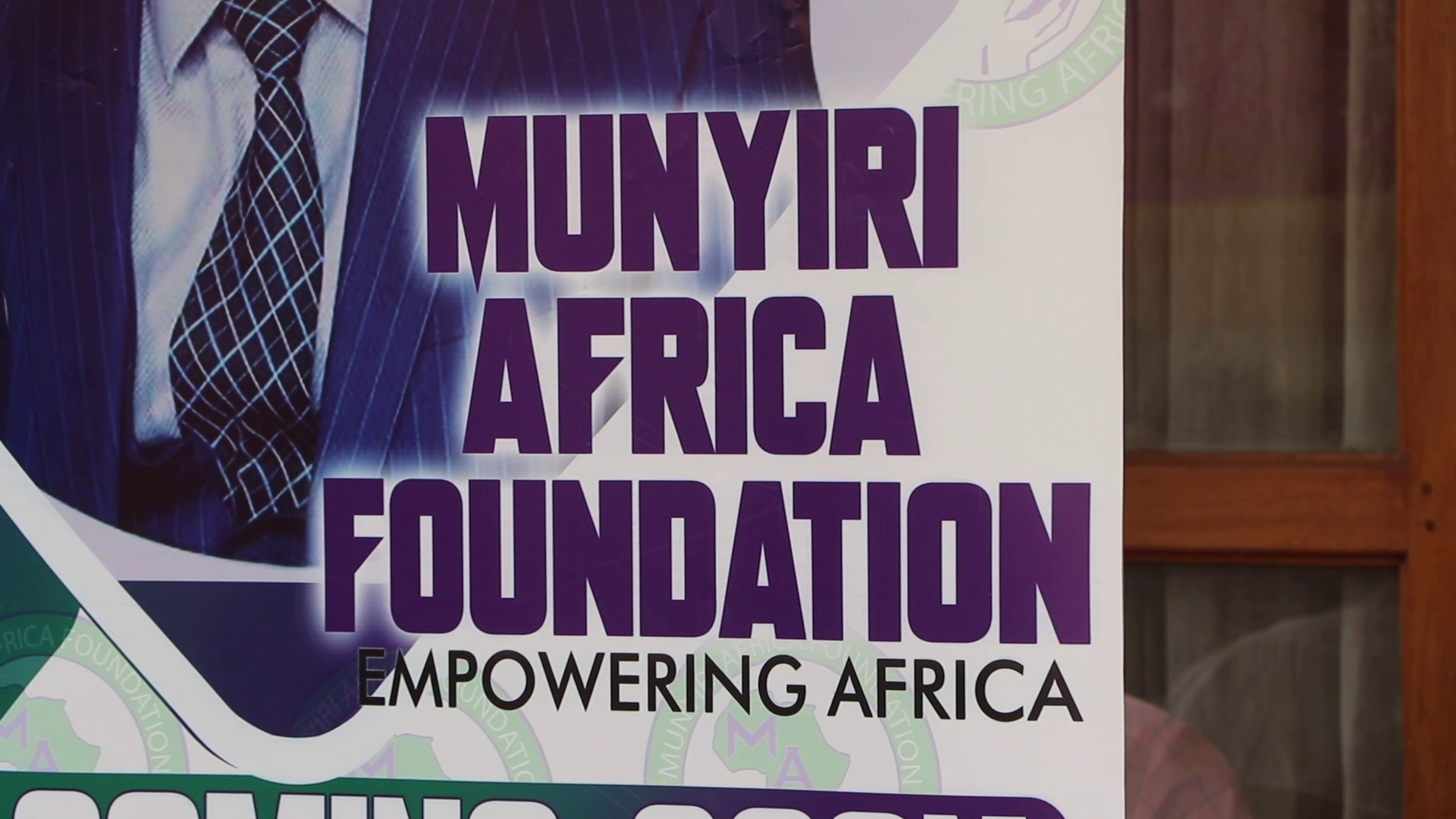By Jackson Okoth
Deposit-Taking Saccos that run Front Office
Services Activity (FOSAs) and are
supervised and regulated by the Sacco
Societies Regulatory Authority (SASRA) will
have to dig deeper into their pockets in the coming
financial year.
This follows a move by SASRA to increase
Sacco levy from the current 0.1 per cent to 0.125
per cent, to increase progressively to 0.175 per
cent at the end of three years.
The new levy shall be paid based on deposits
held in any Deposit-Taking Sacco Society that
operates a FOSA, at the rate of 0.125 per cent of
the Total Deposits as indicated in the last audited
financial statements, subject to a maximum of Sh
10 million per annum, effective from December
31, 2016.
This is according to The Sacco Societies Levy
Order, 2016 signed by John Mwaka, Acting Chief
Executive Officer
of Sacco
Societies Regulatory
Authority.
The decision
by SASRA
to increase the
Sacco levy is
informed by
dwindling financial
support
from the Exchequer
to fund
its budget and operations.
Figures indicate that funding from the State to
SASRA, which is a parastatal, has been declining
for the past six years. For instance, budget allocation
from the Government of Kenya to SASRA
declined from Sh 113 million in the 2013/14 financial
year to Sh 86 million in 2015/16 period.
During this period, SASRA has seen its budget
deficit widen from 12.6 million in 2013/14 to Sh
23.1 million in 2014/15 to Sh 48 million in the
2015/16 financial year.
“We have a whole set of challenges as a
result of financial constraints. For instance, we
only have eight cars which are supposed to transport
our teams to cover the entire country. The
Authority has only 70 members of staff below
the optimal number of 93. Each of the portfolio
managers, stationed within the Authority’s supervision
department, looks after at least 30 DT
Saccos each using only three members of staff to
perform this task,” said Mr Mwaka.
He made these remarks at a DT Saccos stakeholders
validation workshop attended by Chairmen
and Chief Executive Officers of DT Saccos
in Kenya recently. “You gave birth to a baby
who has now outgrown the shoes and clothes.
So what should be done in a case like this? We
need to build capacity of the technical staff so as
to benchmark with the rest of the world. Saccos
are expanding so fast and so is risk exposure to
members’ deposits,” said Mwaka while pleading
with stakeholders to approve increments in the
Sacco levy.
Key financial performance indicators show
that as at September 2016, DT Saccos had Total
Assets valued at Sh 368,493,822,600,Total
Deposits worth Sh 258,624,426,339 while
Gross loans disbursed to members reached Sh
279,278,263,907.The total number of branches
for the entire DT Saccos subsector reached 592 in
2015. Total income earned by DT Saccos reached
Sh 41,081,387,630 as at September 2016.
“Although a total of Sh 557 million is what
we need for the next financial year, we are still
going to be in a deficit even after collecting the
levy,” said Ken Opiyo, the Authority’s Chief
Manager, Finance and Planning.
While SASRA has proposed to increase the
Sacco levy to 0.175 per cent from the current,
stiff opposition from the Sacco industry players,
drawn from all over the country, forced the regulator
to accept 0.125 per cent to be increased to
0.15 per cent in the second year and finally to
0.175 per cent in the third year.
“We appreciate the need for SASRA to increase
its supervisory capacity. The Authority
cannot depend on the exchequer to regulate and
supervise over 178 Saccos. However, the increment
to 0.125 per cent is too high. I propose that
we increase it from 0.1 per cent to 0.125 per cent
and then 0.175 per cent. The 0.125 per cent rate
is a modest one that will also be good when capping
is also put in place,” said Solomon Atsiaya,
CEO Kenya Police Sacco.
His sentiments were shared by Mary Njeru,
KERUSSU CEO who also lobbied for a gradual
increase in the Sacco levy insisting that not all
DT Saccos have the same financial strength with
each having its own unique challenges. “We have
had this levy debate for a long time now and are
just requesting for gradual increments in the rate
so as not to hurt others, especially DT Saccos operating
in rural areas,” said Ms Njeru.
There was stiff opposition from Kenya Union
of Savings and Credit Co-operatives Organization
(KUSCCO) Limited and the Co-operatives
Alliance of Kenya (CAK) both of which sought
for more time for the industry to consult.
“While SASRA is making an emotional appeal
to the industry to increase the Sacco levy,
we need the Authority to provide us with the data
and an appropriate formulae that will be used to
review the levy accordingly instead of organising
meetings such as this each time they want to adjust
the levy,” said George Ototo- MD KUSCCO
Limited.

Sacco Review | The Leading Newspaper for Co-operative Movement in Kenya
The Leading Newspaper for Co-operative Movement in Kenya

